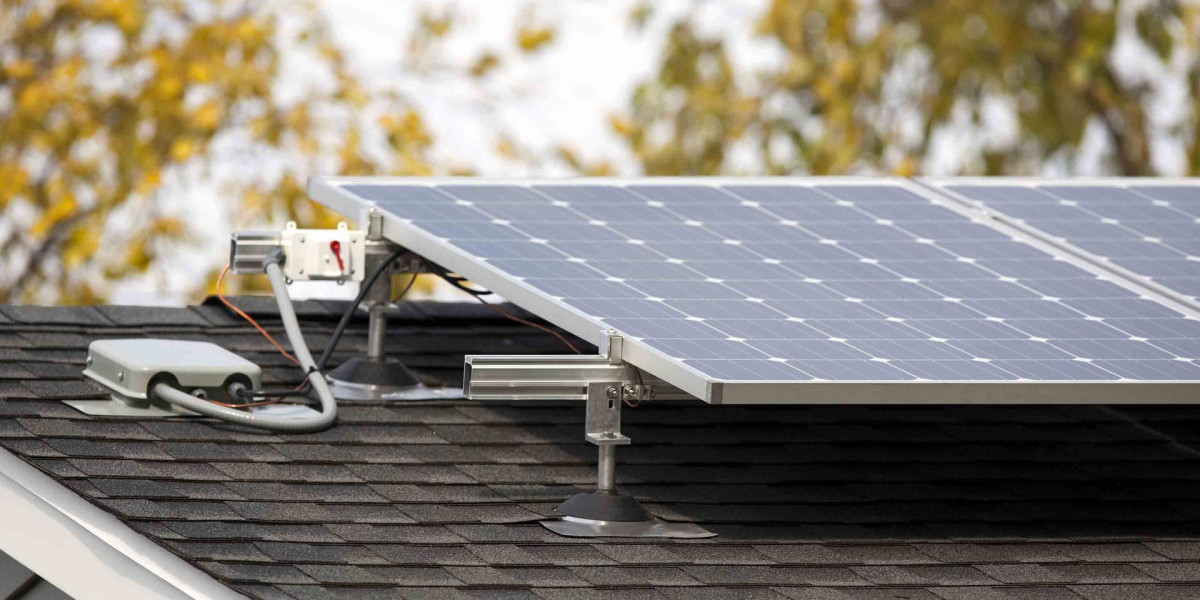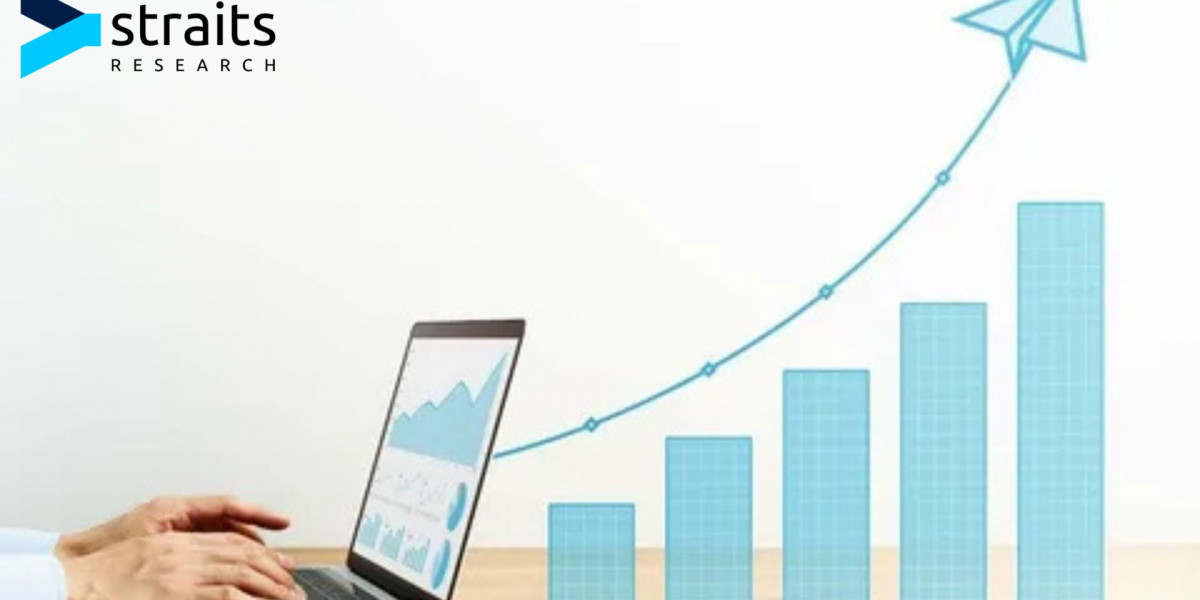The PV solar market is experiencing unprecedented growth, driven by technological advancements, supportive policies, and a global shift towards sustainable energy solutions. As the world seeks to mitigate climate change and reduce dependence on fossil fuels, photovoltaic (PV) solar energy has emerged as a cornerstone of the renewable energy transition. This article provides an overview of the current state of the PV solar market, highlighting high-growth regions, technological innovations, and strategic investment opportunities.
Global Market Expansion
In 2024, the global renewable energy sector saw a record addition of 582 gigawatts (GW) of new capacity, with solar photovoltaics accounting for 452.1 GW, representing nearly 78% of the total renewable capacity added that year. This surge underscores the growing adoption of solar energy worldwide and its pivotal role in achieving global sustainability targets.
Asia-Pacific continues to lead in solar energy deployment, with China alone contributing over 276 GW of new solar capacity in 2024. Other countries in the region, including India and Japan, are also making significant strides in expanding their solar infrastructure. In India, for instance, Gujarat added 8.5 GW of renewable energy capacity between January and September 2025, with a substantial portion coming from solar installations.
Technological Innovations
Advancements in PV technology are enhancing the efficiency and affordability of solar energy systems. Innovations such as bifacial solar panels, which capture sunlight on both sides, and perovskite solar cells, known for their high efficiency and low production costs, are setting new benchmarks in the industry. Additionally, the integration of energy storage solutions, like advanced lithium-ion batteries, allows for the storage of excess solar energy, ensuring a continuous power supply even during periods of low sunlight.
Artificial intelligence (AI) and machine learning are also being leveraged to optimize solar energy production. These technologies enable predictive maintenance, real-time performance monitoring, and efficient energy management, further enhancing the reliability and cost-effectiveness of solar power systems.
Policy Support and Incentives
Government policies play a crucial role in accelerating the adoption of solar energy. Incentives such as tax credits, feed-in tariffs, and renewable energy mandates provide financial support to both producers and consumers of solar energy. These measures lower the initial investment barriers and improve the return on investment for solar projects, encouraging widespread adoption across residential, commercial, and industrial sectors.
For example, the United Kingdom's approval of the 700-megawatt Tillbridge solar farm in Lincolnshire marks a significant commitment to expanding solar capacity. This project alone is expected to generate enough electricity to power 300,000 homes, contributing to the UK's goal of achieving a net-zero electricity system.
High-Growth Regions
Several regions are emerging as hotspots for solar energy development:
Asia-Pacific: China remains the global leader in solar energy, accounting for a significant share of global installations. India's ambitious targets, such as the National Solar Mission aiming for 500 GW of non-fossil fuel capacity by 2030, are driving substantial investments in solar infrastructure.
Europe: Countries like Germany, Spain, and Italy are enhancing their solar capacity through supportive policies and incentives. The European Union's Green Deal further reinforces this commitment, aiming to make Europe the first climate-neutral continent by 2050.
North America: The United States continues to expand its solar capacity, with projections indicating substantial increases in installed capacity over the next decade. Despite challenges such as policy uncertainties and supply chain constraints, the U.S. solar market remains robust.
Latin America: Brazil is making significant strides in solar energy, with an installed capacity of 53.9 GW as of early 2025. The country's abundant sunlight and supportive policies position it as a leader in the region's renewable energy landscape.
Investment Opportunities
The growing demand for solar energy presents numerous investment opportunities:
Utility-Scale Solar Projects: Large-scale solar farms offer attractive investment prospects due to their ability to generate significant amounts of electricity and provide stable returns over extended periods.
Energy Storage Solutions: The integration of energy storage systems with solar installations enhances grid stability and reliability, creating opportunities for investments in battery technologies and storage infrastructure.
Solar Technology Innovations: Companies developing next-generation solar technologies, such as perovskite solar cells and transparent solar panels, offer potential for high returns. These innovations promise to increase efficiency, reduce costs, and expand the applications of solar energy.
Green Financing: The rise of green bonds and sustainable investment funds provides avenues for investors to support environmentally responsible projects. These financial instruments focus on funding renewable energy initiatives, including solar installations, that contribute to environmental sustainability.
Challenges and Considerations
Despite the positive outlook, the PV solar market faces several challenges:
Intermittency: Solar energy production is dependent on weather conditions and time of day, leading to variability in power generation. The development of advanced energy storage solutions is essential to mitigate this issue.
Supply Chain Constraints: The solar industry relies on a complex global supply chain for raw materials and components. Disruptions due to geopolitical tensions, trade policies, and natural disasters can lead to delays and increased costs.
Regulatory Barriers: In some regions, outdated grid infrastructure and regulatory frameworks hinder the integration of solar energy. Streamlining permitting processes and updating policies are crucial steps to facilitate the deployment of solar projects.
Conclusion
The PV solar market is poised for continued growth, driven by technological advancements, supportive policies, and increasing consumer demand for sustainable energy solutions. Stakeholders, including investors, policymakers, and industry leaders, must collaborate to address challenges and capitalize on emerging opportunities. By fostering innovation, enhancing infrastructure, and promoting favorable policies, the global community can accelerate the transition to a solar-powered future.







